Description
What is an Omni Wifi Antenna 2.4Ghz Wireless Antenna PCB Antenna?
The Omni Wifi Antenna 2.4Ghz Wireless Antenna CTRF-ANTENNA-PCB-2450-4009-IPEX item is a PCB Antenna with a 40x9mm compact size PCB board antenna Wifi antenna manufactured by C&T RF Antennas Inc, it comes with the RG cable and opening end for easy solder on the smart devices.
Omni Wifi Antenna 2.4Ghz Wireless Antenna PCB Antenna Features:
PCB dipole antenna;
Embedded antenna;
Ipex antenna;
2.4 GHz band;
Wireless;
ISM/Wifi/Bluetooth/Zigbee, etc
C&T RF Antennas Inc provides RF antennas with other antenna radio frequencies such as 169MHz, 230MHz, 315MHz, 433MHz, 868MHz, 915MHz, Lora, NFC, VHF&UHF, NB-IoT, ADS-B, GSM, Wifi 2.4GHz, 5.8GHz, 2G 3G 4G LTE, Cellular, GPS, GNSS, 5G NR, UWB, etc.
C&T RF Antennas Inc. provides indoor–outdoor Wi-Fi antennas with many antenna types such as Dipole Antennas, Whip Antennas, Marine Antennas, Router Antennas, MIMO Antennas, Combo Antennas, PCB Antennas, FPC Antennas, Spring Antennas, Sector Antennas, Yagi Antennas, etc., for IoT & M2M industries.
Contact us for more details on the Omni Wifi Antenna 2.4Ghz Wireless Antenna PCB Antenna such as 2.4Ghz Wireless Antenna PCB Antenna datasheet, 2.4Ghz Wireless Antenna PCB Antenna pricing, 2.4Ghz Wireless Antenna PCB Antenna inventory, or other 2.4Ghz Wireless Antenna PCB Antenna styles.
Omni Wifi Antenna 2.4Ghz Wireless Antenna PCB Antenna Specifications
Omni Wifi Antenna 2.4Ghz Wireless Antenna PCB Antenna Electrical Specifications |
|
| RF Antenna Type | Embedded PCB Antenna |
| Model | CTRF-ANTENNA-PCB-2450-4009-IPEX |
| Frequency | 2400-2500 MHz |
| Gain | 4dBi |
| VSWR | ≤2.0 |
| Impedance | 50 Ω |
| Polarization | Vertical Polarization |
| Cable Type | RG1.13 |
| Connector | Opening or U.FL/IPEX |
| Cable Length | 100mm |
| Lightning Protection | DC-Ground |
Omni Wifi Antenna 2.4Ghz Wireless Antenna PCB Antenna Mechanical Specifications |
|
| PCB Board Dimension | 40*9m |
| Weight | Approx. 3g |
| Material | PCB + RG Cable |
| Operation Temperature | -40˚C ~ +85˚C |
| Storage Temperature | -40˚C ~ +80˚C |
| Color | Green |
| Antenna Design | Dipole Array |
| Mounting | Screw and Stick |
| SafetyEmission and other | RoHS Compliant |
| Applications | ISM/SCADA/Utilities, IoT/M2M, Wi-Fi/Bluetooth/Zigbee/Sigfox, etc |
Do you know about the 2.4Ghz Wireless Antenna?
The 2.4Ghz Wireless Antenna is a passive body, that is, it does not need to provide electricity or other energy. It is also not a power amplifier and will not amplify the input wireless signal.
On the contrary, due to the signal attenuation caused by the feeder and the connector, the emitted wireless energy will be less than the energy input to the antenna contact.
In fact, the 2.4Ghz Wireless Antenna only plays the role of a directional amplifier, so that the energy sent and received is concentrated in a specific area of the space, and the only purpose of the antenna is to change the energy distribution area to where it is needed.
If energy is distributed to places without wireless equipment, or excessive energy is distributed to a certain area, it is wasteful. According to the law of invariance of energy, increasing the energy distributed in one direction means reducing the energy in other areas.
2.4GHz is the most widely used wireless communication frequency band
In theory, 2.4GHz is a frequency band that works in the ISM frequency band. The ISM frequency band is an industrial, scientific, and medical frequency band. Generally speaking, countries in the world have reserved some wireless frequency bands for industrial, scientific research, and microwave medical applications.
No license is required to apply these frequency bands, only a certain transmit power (generally less than 1W) needs to be observed, and no interference to other frequency bands is required.
The ISM frequency band is not uniform in various countries. 2.4GHz is the ISM frequency band common to all countries. Therefore, wireless LAN (IEEE 802.11b/IEEE 802.11g), Bluetooth, ZigBee, and other wireless networks can all work in the 2.4GHz frequency band.
The well-known 2.4G wireless technology has a frequency band between 2.405GHz and 2.485GHz (science, medicine, and agriculture). So referred to as 2.4G wireless technology.
What does the 2.4GHz Wireless Antenna free frequency band mean?
The free frequency band refers to a frequency band allocated by each country according to their actual conditions and considering as much as possible consistent with other countries in the world. It is used exclusively for industrial, medical, and scientific research use (ISM frequency band).
Bands that can be used free of charge upon application. The 2.4G frequency band in our country is just such a frequency band.
However, in order to ensure that everyone can use it reasonably, the state has imposed corresponding restrictions on the power of wireless transceiver equipment in this frequency band in different environments. For example, in an urban environment, the transmit power cannot exceed 100mW.
2. The 4G digital cordless phone solution adopts NSC’s 2.4G wireless solution, running on the 2.4GHz (2400-2483.5GHz) open frequency band, using time division duplex (TDD), the modulation method is GFSK with BT=0.5, and the modulation index is 0.28 -0.35, using frequency hopping scheme to ensure link stability.
The 2.4 GHz non-networking solution is what we commonly call 2.4G wireless network technology. Its advantage is to solve the shortcomings of 27Mhz high power, short transmission distance, and similar products that are prone to mutual interference.
The reason why 2.4G wireless technology is 2.4G instead of 2.5G is that the frequency used by this technology is 2.4-2.485GHz ISM wireless frequency band, which is free of license and free use in most countries around the world. This is a product The popularity of China has cleared the biggest obstacle.
Bluetooth technology is short-distance wireless communication technology, a protocol that can realize the wireless connection between a variety of devices, and a simple and stable wireless connection method.
With its distance in use, anti-interference ability, ease of use, Leading in security, and other aspects, while the cost of Bluetooth devices is also declining, making Bluetooth technology gradually become the mainstream technology for wireless peripherals.
All Bluetooth devices must have the Bluetooth logo because Bluetooth technology is added from the 2.4-2.485GHz ISM (industrial, scientific, medical) frequency band with a specific protocol, so it can enable any Bluetooth device to pair and connect with each other within a certain range. transfer data.
The benefits of this technology not only reduce or even eliminate the phenomenon of mutual interference between wireless devices but also make Bluetooth devices more adaptable and cheaper.
In addition, the transmission rate of Bluetooth technology is up to 1Mbps per second. Although there is a certain gap with the 2Mbps of 2.4Ghz non-networking solutions, it is still higher than the 27MHz wireless technology.
In order to realize personal PC automation control, liberate humans from the wired environment, and replace cables as the goal, keyboard, and mouse wireless technology is widely welcomed by everyone, but the traditional 27 MHz RF wireless frequency band technology.
In this frequency band, Four global channels, two of which are used for wireless keyboards, and the other two are used for wireless mice. The output rate is 4.8MB/S, which is not only vulnerable to interference, but the transmission distance is only 6 feet (182.88cm).
To discuss the gaming performance of wireless keyboards and mice, we need to start with the 2.4GHz technology, which is the latest evolution of radio technology.
When the wireless mouse was born, it used 27MHz RF wireless technology. This technology was first proposed by Logitech in 1991.
However, the shortcomings of 27MHz RF wireless technology are very obvious. The wireless technology is not very confidential and does not support full-duplex work.
The characteristics of being easily affected by interference and cross-frequency, narrow transmission bandwidth, and poor stability have always restricted the development of wireless mice.
Although Logitech later adopted dual-channel technology to avoid interference as much as possible, as time passed, the 27MHz RF wireless technology was eventually completely replaced by 2.4G wireless network technology.
The 2.4GHz frequency belongs to the ISM (Industrial, Scientific, and Medical Equipment) frequency and can be used without permission from the authorities.
The 2.4G wireless mouse works in full-duplex mode transmission, which has an absolute advantage over 27MHz in anti-interference performance.
This advantage determines its super anti-interference performance and a transmission distance of up to 10 meters. The two-way transmission technology has a speed of at least 400 times. The theoretical 2M data transmission rate is one more than the 1M theoretical transmission rate of Bluetooth. Times therefore also save more power.
In addition, the 2.4GHz wireless mouse carries multiple information channels at the same time and intelligent frequency hopping technology to achieve excellent stability and anti-interference. As the most efficient wireless connection method at present, it is undoubtedly the most ideal technology choice for a wireless mouse, especially a specialized mouse for gaming.
Simply put, the perspective of wireless transmission technology can be divided into three main categories: the first category is the use of infrared wireless technology.
This type of product is basically an obsolete product, with short wireless control distance and directivity requirements; the second category is the more mainstream 2.4GHz wireless keyboard and mouse.
Compared with infrared, this technology is a huge improvement. First of all, its use distance is greatly improved, theoretically, the maximum can reach 10 meters.
There are five wireless headset technologies on the market today, namely infrared, 27MHz radio frequency, Bluetooth, frequency modulation, and 2.4GHz digital high-speed radio frequency technology.
It can be seen that 2.4G wireless technology has the most mature market conditions in the evaluation of comprehensive capabilities.
2.4GHz Wireless Antenna PCB Antenna Features
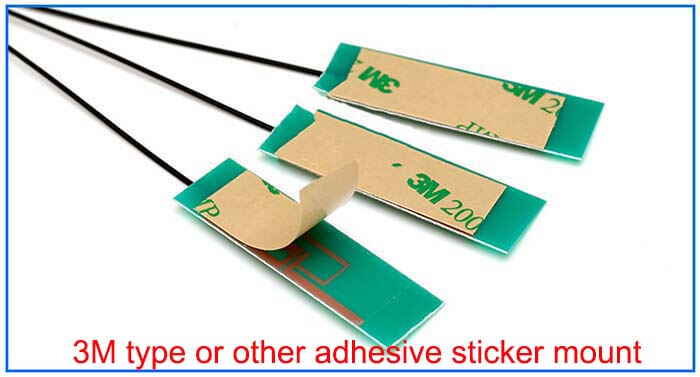

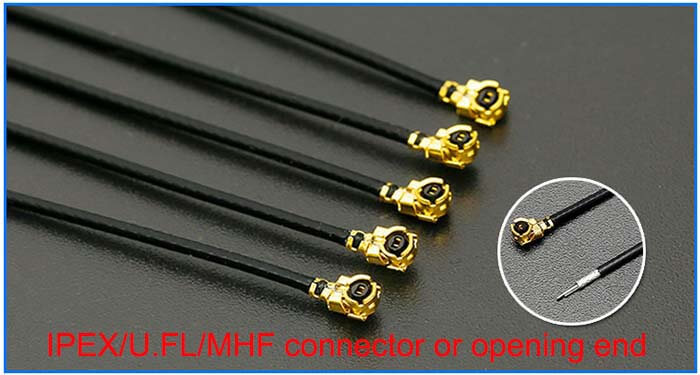
2.4GHz Wireless Antenna working on Bluetooth, Wi-Fi, WLAN, Zigbee, and ISM applications
The PCB antenna 2.4GHz wireless antenna is for Router, PC desktops, USB Adapter, PCIe Cards, IP Camera, Drone, and ps4 Build, and Wireless Range Extender.
2.4GHz Wireless Antenna Applications


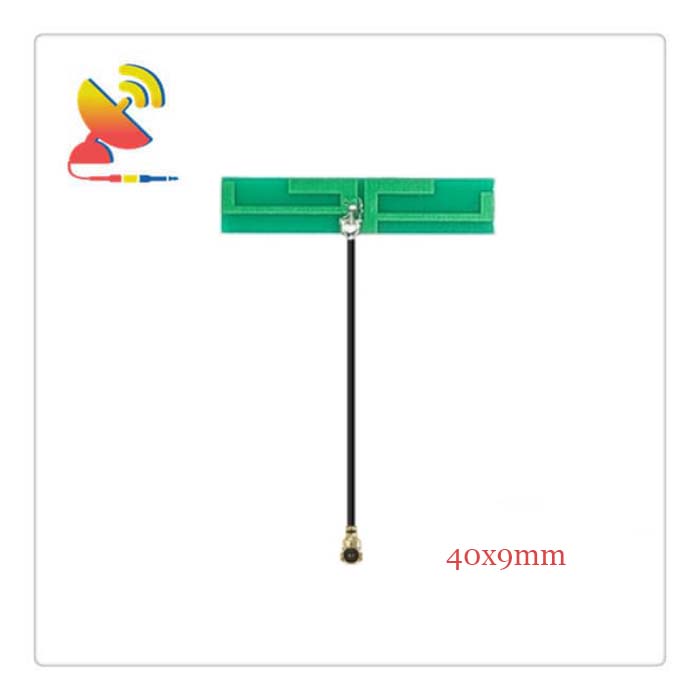
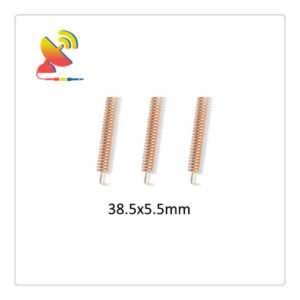
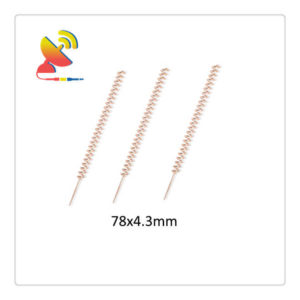
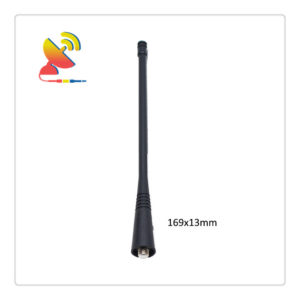
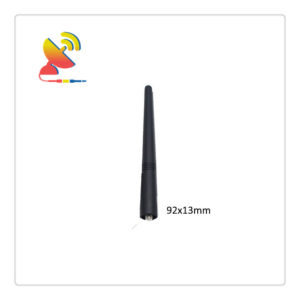
Reviews
There are no reviews yet.